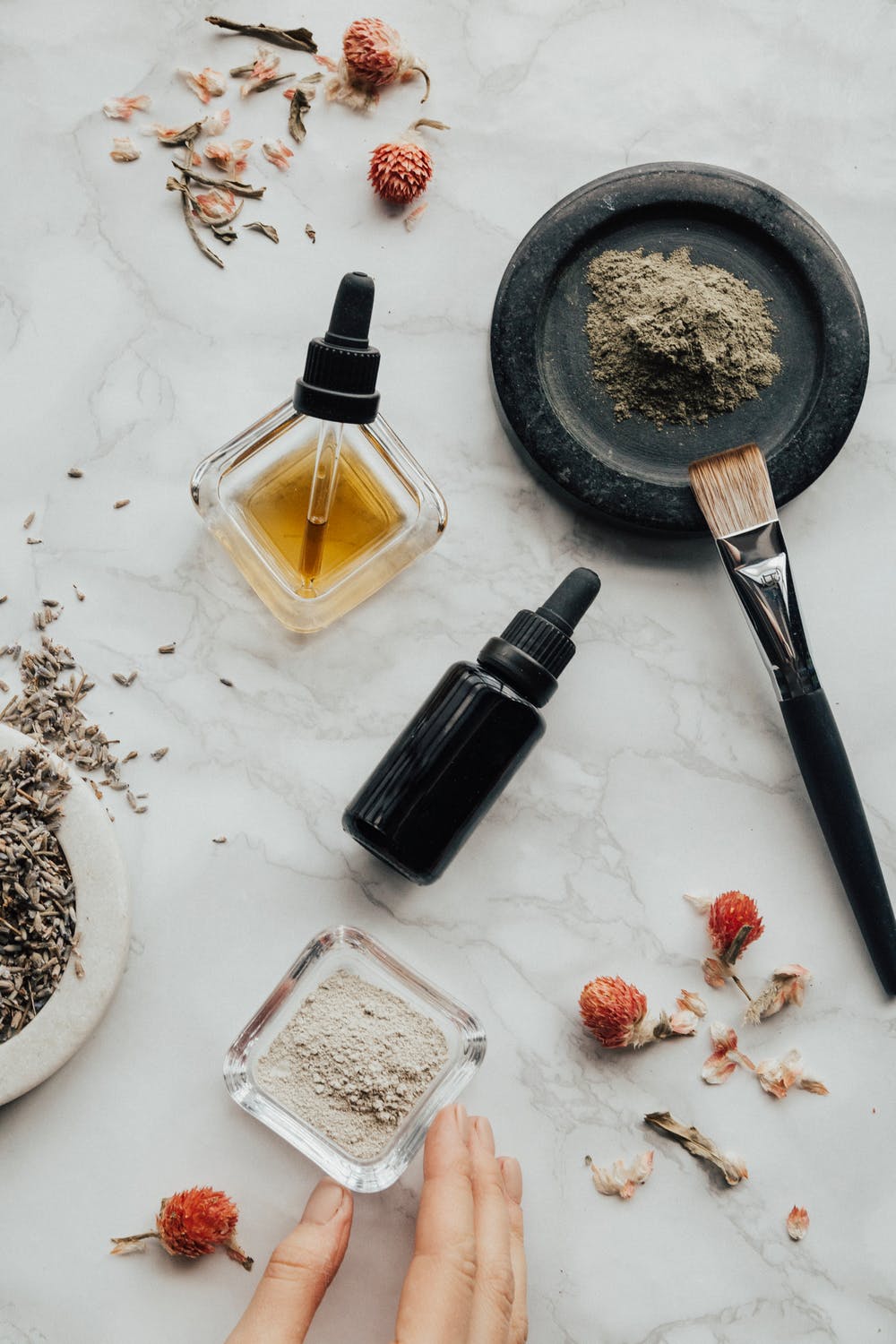
How to Easily Identify Vegan and Cruelty-Free Skin Care Products
The vegan and cruelty-free movement continues to grow at a rapid pace, as people are wanting to live a more ethical life. With that, however, comes a lot of confusion.
While people well-versed in the vegan beauty arena know what to look for on product labels, it can be hard for others.
The most simple and effective way is knowing the different certification seals which have found their way onto thousands of products worldwide.
How to identify truly vegan and cruelty-free skin care products
One important thing to know beforehand is that a lot of certified vegan and cruelty-free skin care brands may not have certification seals on their products or website. This is because companies need to pay a licensing fee to use them, while the approval process is free.
In instances where you aren't sure of a brand's vegan or cruelty-free status, you can just search a certification program's brand list, which I'll provide links to.
The seals listed below can also be found on personal care products, and sometimes food and clothing items. They're usually found on the back of labels.
Vegan
A vegan product of course does not contain any animal derivatives, including bee products like honey and beeswax.
Vegan Action and PETA offer two of the most recognizable vegan certifications that can be found on skin care products.
Check out PETA's list of vegan and cruelty-free certified brands here.
Vegan Action certified brands can be seen here.
Cruelty-free
Cruelty-free simply means a product or its ingredients have not been tested on animals by a supplier, manufacturer, producer, or any third-party entity.
Since there are no governing laws companies are forced to oblige by, a cruelty-free claim can be made by anyone, even though a product may contain an ingredient or two that have been tested on animals. This is why certification programs hold a lot of merit, they essentially do their own background checks.
It's also important to note that non-vegan ingredients are still allowed in cruelty-free products.
For cruelty-free cosmetics, look for both Leaping Bunny and PETA certification seals.
PETA has two separate certification logos for both vegan and cruelty-free. PETA's approved brand list can be seen here.
Leaping Bunny is one of the most recognized certification seals in the world. You can view their approved brands here.
Both Leaping Bunny and PETA also have iPhone apps to easily search for certified brands. For PETA, download here. For Leaping Bunny, download here.
To make things interesting, PETA has compiled a list of companies who test on animals as of 2016.
Common cruelty-promoting ingredients to avoid
There is actually another category that many ingredients fall under that I would like to shine a light on. This class of ingredients has a direct negative effect on our environment and wildlife, while they seem to slip right under our noses as consumers.
Palm oil
Palm oil production is extremely environmentally destructive. The crop is mainly produced in Indonesian and Malaysian rainforests, on some of the most biodiverse islands on Earth. Forests are consistently lit on fire and left to spread for sometimes months at a time, in order to make way for more plantation land.
This has directly effected orangutans and many other endangered species, bringing them close to the brink of extinction. Massive smoke inhalation from forest flames has also killed hundreds of thousands of Indonesians and people from neighbouring countries.
Palm oil is found in at least 70% of global cosmetic products, and 50% of packaged food products. Most soaps, and virtually all lotions and creams, are ladened with any number of the hundreds of derivatives from palm oil. You wouldn't know that looking at a label, since these names don't contain the word "palm".
Orangutan Alliance offers the most recognizable palm oil-free seal, which signifies that no palm or palm oil-derived ingredients are used in a product. Take a look at their certified product list here.
A certification for "sustainable" palm oil exists from the RSPO (Roundtable for Sustainable Palm Oil), but as you'll find out in our exposé we wrote about palm oil, sustainability is virtually non-existent.
Synthetic Sunscreen Agents
It has been found that UV filtering ingredients such as oxybenzone, the most commonly used sunscreen agent in the United States, has detrimental effects on coral reefs and other marine life.
In extremely low concentrations, oxybenzone and other synthetic UV filters can contribute to coral die-offs and bleaching.
This is now a global issue, and Westerners are mainly to blame for swimming in oceans after applying synthetic sunscreen. To put things into perspective, about 90% of the Caribbean reefs have disappeared since 1980, according to forensic ecotoxicologist Craig Downs.
The alternatives to this are non-nano mineral-based sunscreens. Mineral-based UV filters, like zinc oxide and titanium dioxide, are safe for reefs and don't interfere with the human endocrine system like oxybenzone does.


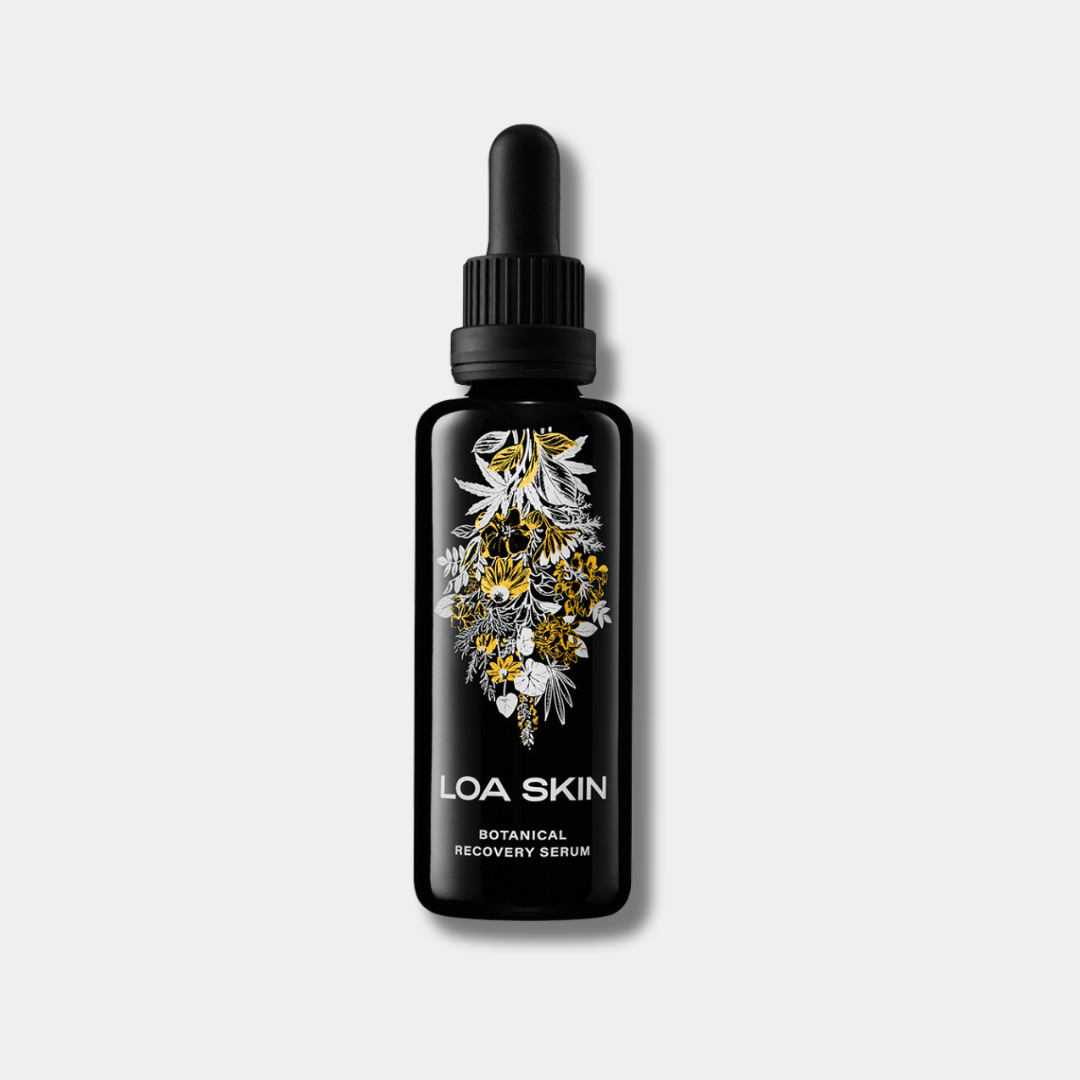
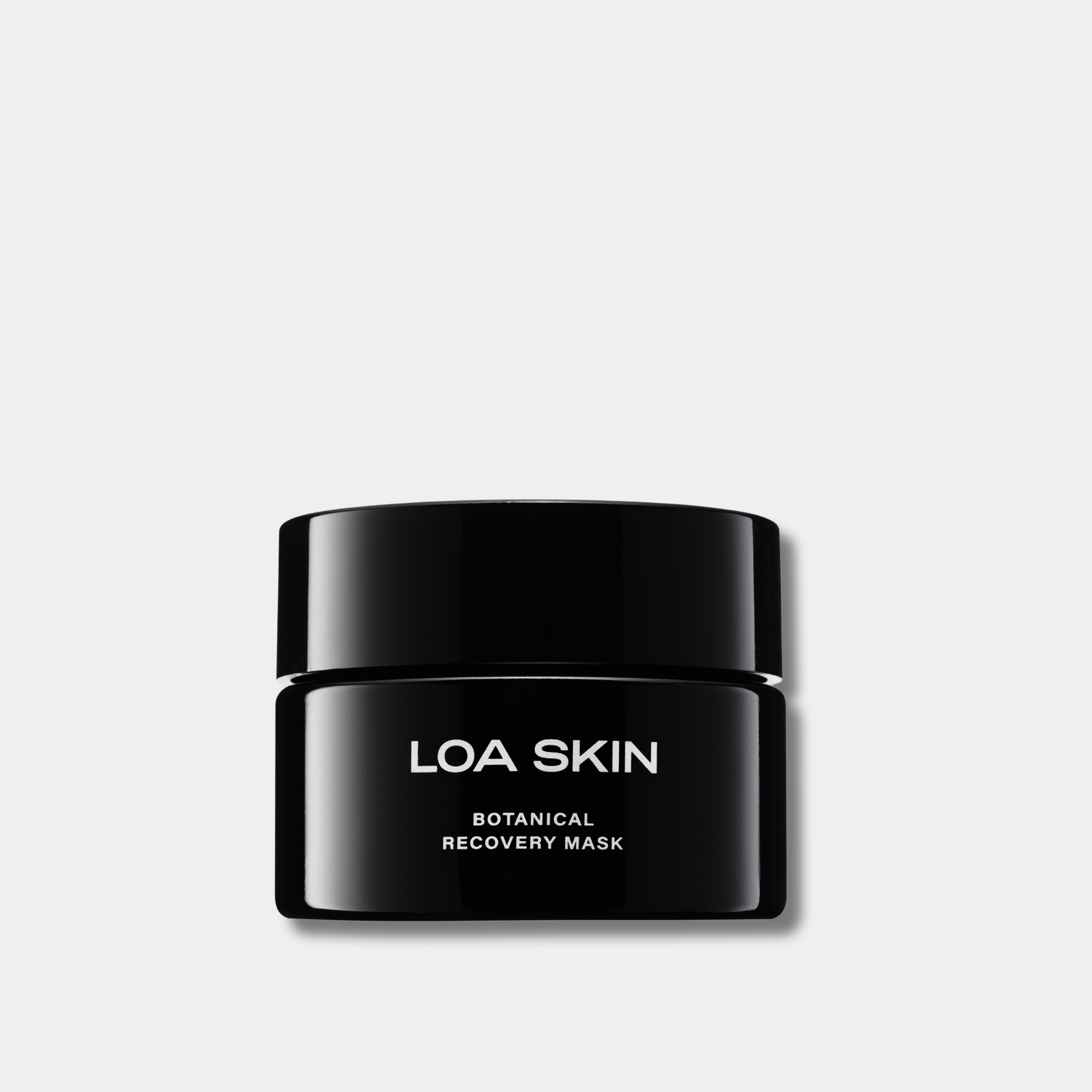
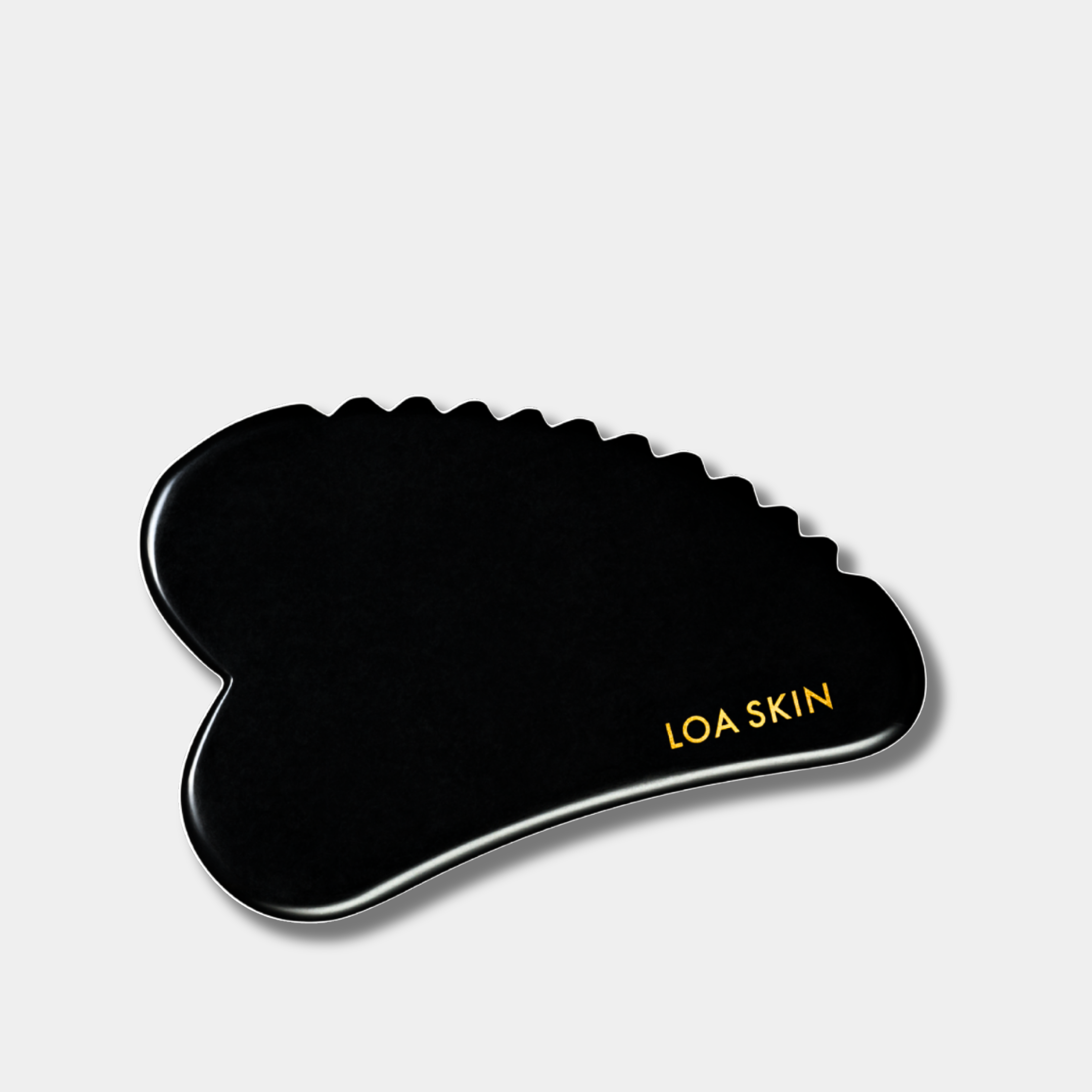
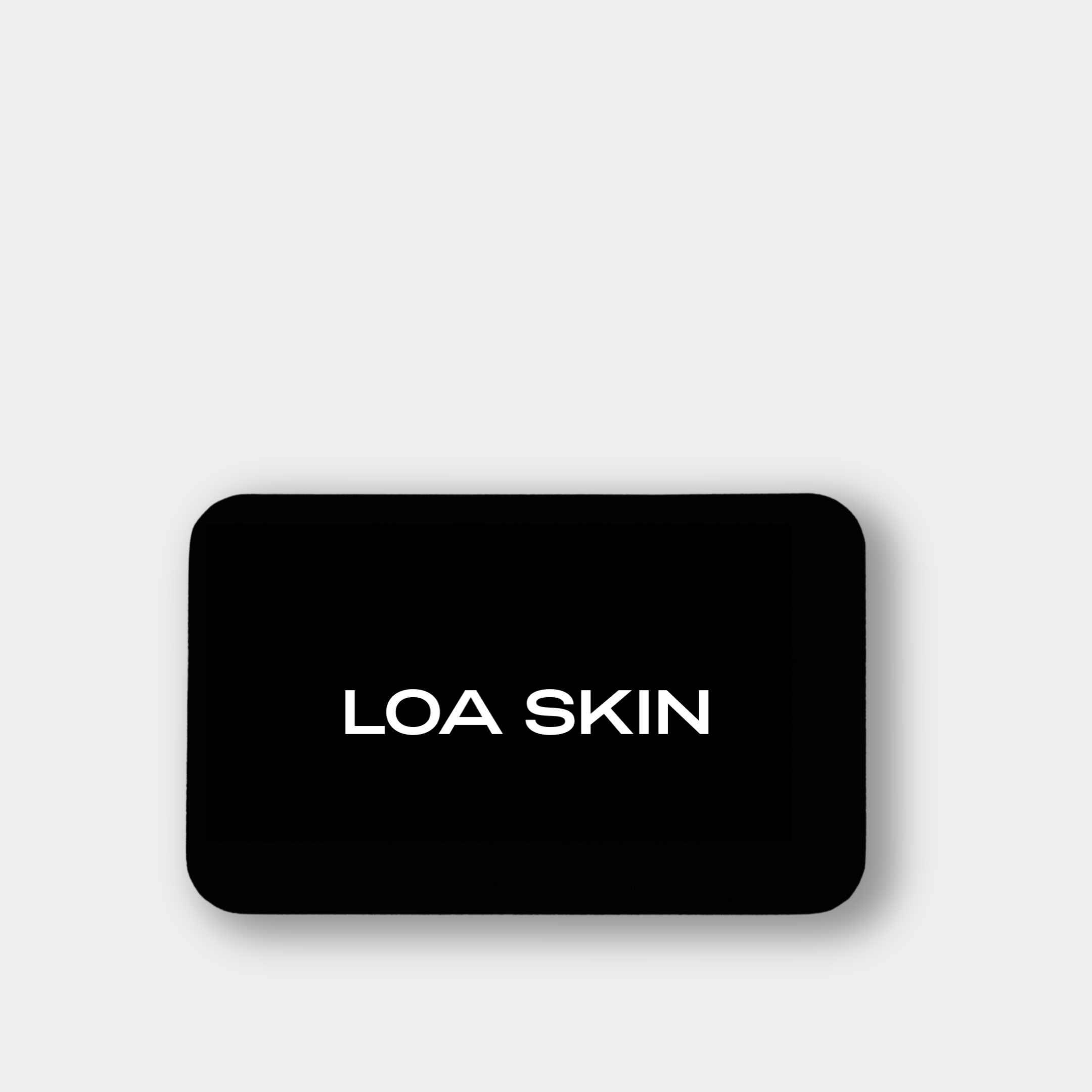
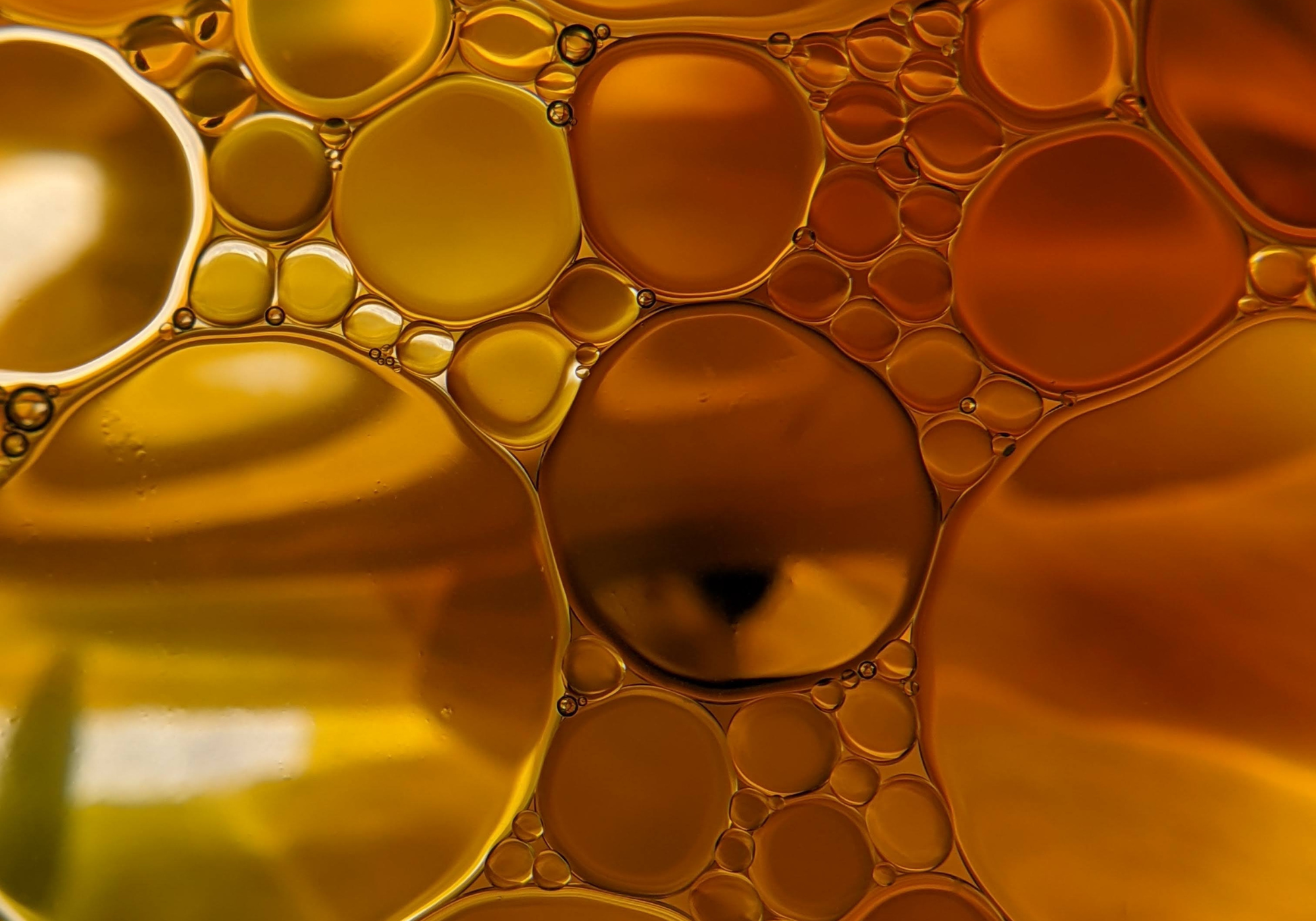

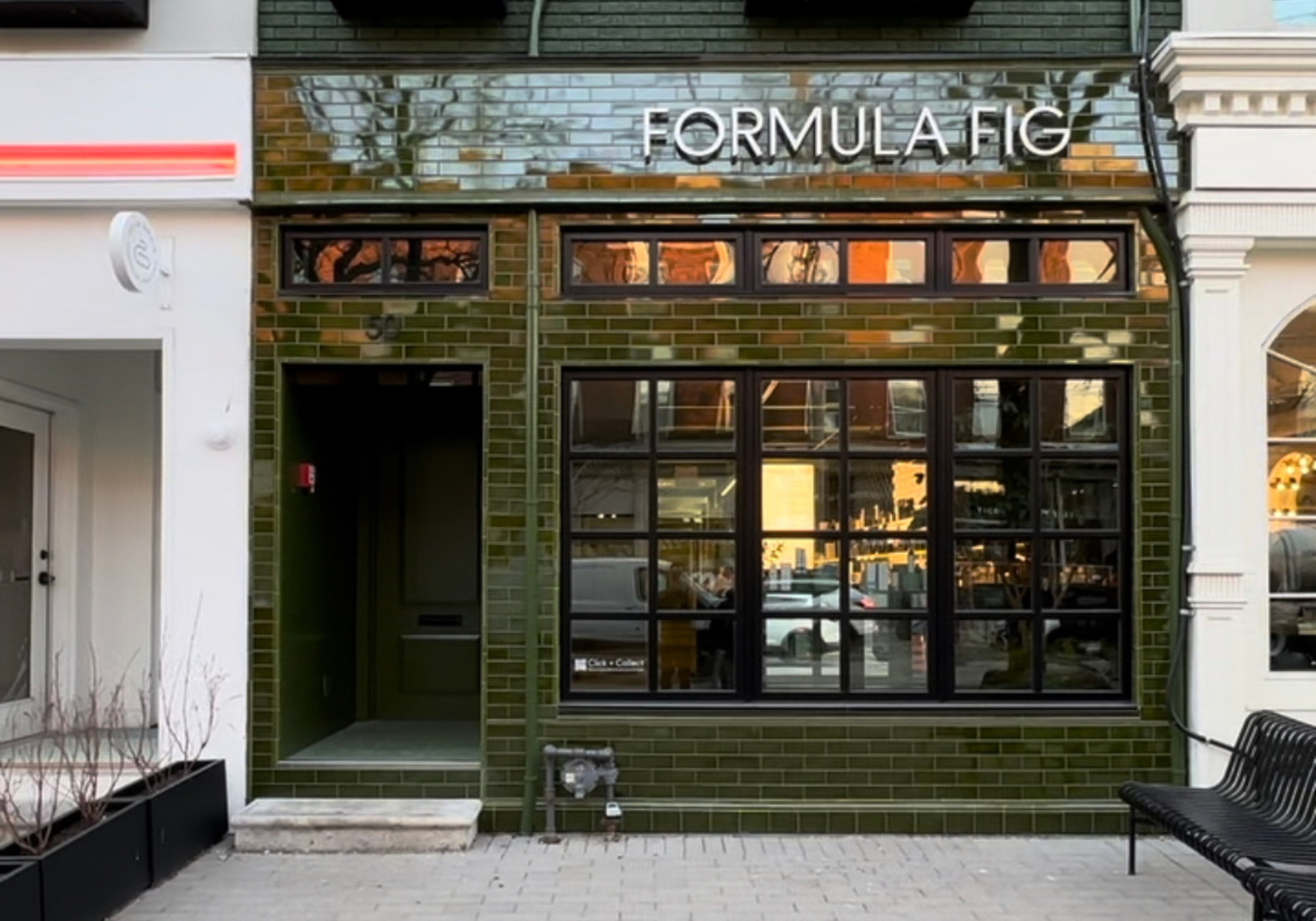

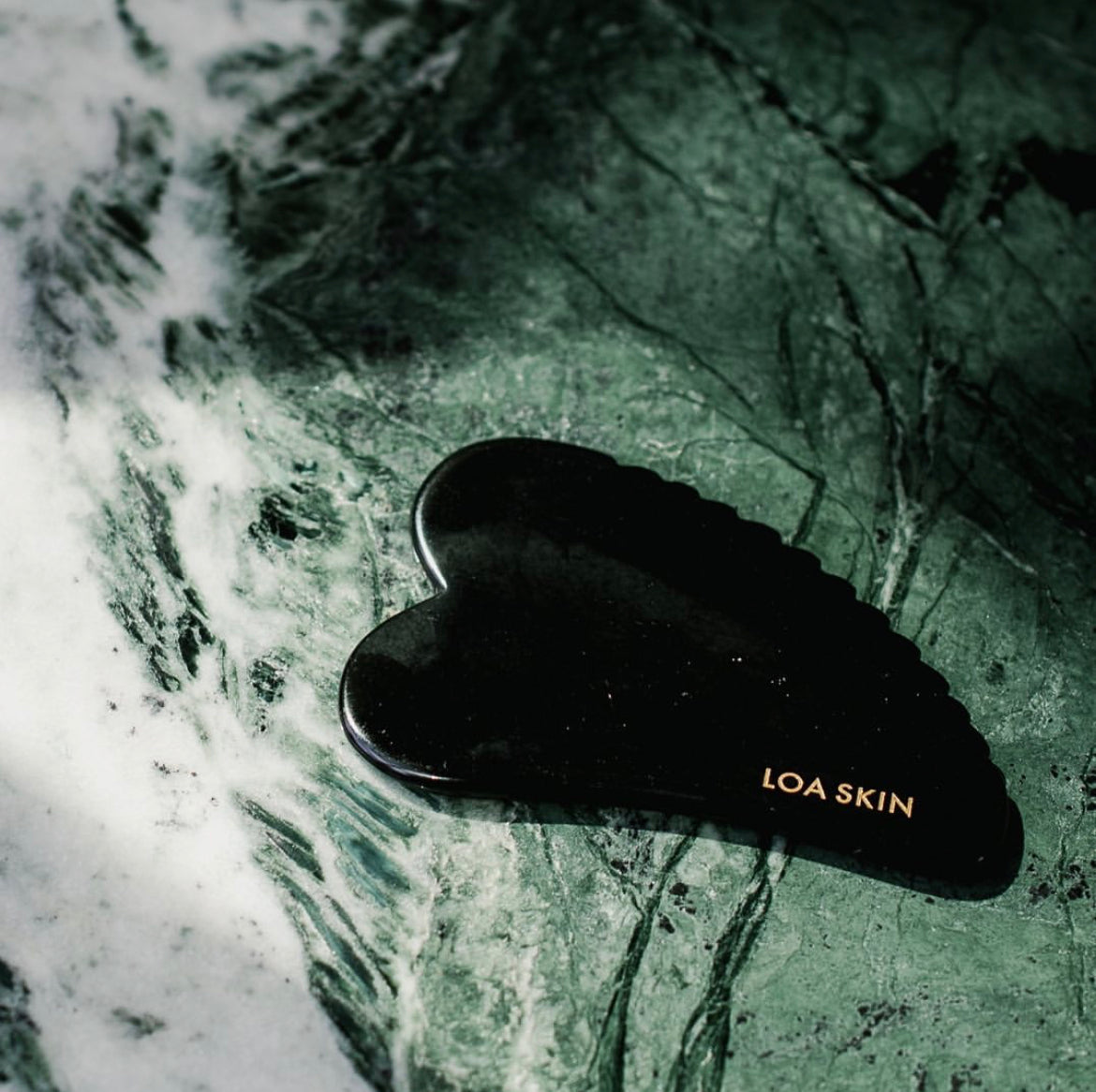
Leave a comment
This site is protected by reCAPTCHA and the Google Privacy Policy and Terms of Service apply.